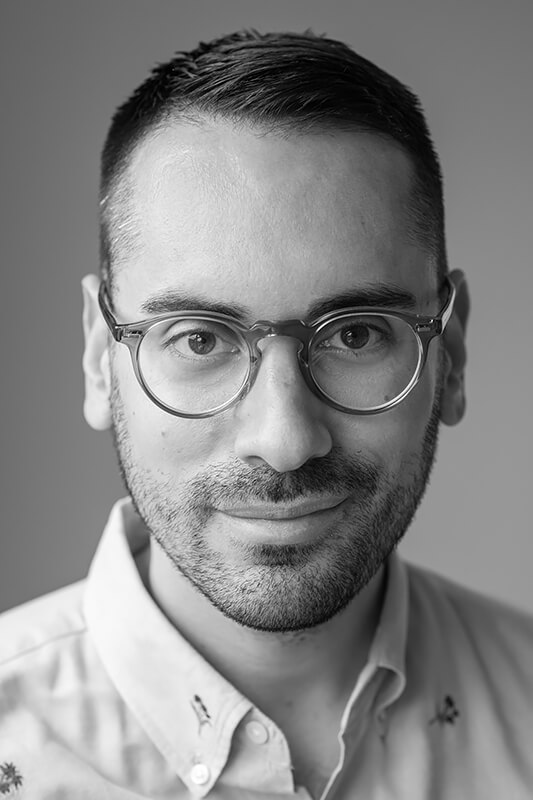Michael Young is a New York-based photographer. His work has been shown internationally in Switzerland and Australia as well as nationally in New York City, Kentucky, Colorado, Oregon and Massachusetts. His work will be on display this coming spring at Fotofestival Lenzburg's Search for Beauty open-air show. He was a finalist in Shoot the Frame's Shoot the Face competition this past January and won 2nd place in color photography from the Plymouth Center for the Arts in Massachusetts. His work will be published later this year in the first annual Feature Shoot's The Print Swap book. Additionally, his work has previously been published in Spunk [arts] Magazine, Taking Pictures (Black Box Gallery), and The Literate Image (Plymouth Center for the Arts). Michael has a MA in Teaching from New York University and a BA in Spanish Language & Literatures from Yale University.
Statement
Starla, Photographer in Her Studio is part of of the series Ashes to Ashes/Dust to Dust that I began eight years ago when I first visited my partner's family, the Groves, in western Kentucky. Since I grew up in the northeast, my upbringing was different from my partner's, and initially I thought that I had little in common with his family. As an outsider I received a lukewarm welcome by many, but I remained intrigued by his family. It was my camera that afforded me an invitation into their lives and helped me build meaningful relationships with his relatives. As the project has continued, not only have I become closer to my partner's family, but I have also been fortunate to document a part of the US that has been ignored by many and deemed 'flyover country'.
The Groves, who have lived in Muhlenberg County for generations, are a microcosm for Muhlenburg county. Most are hardworking coal miners, farmers, nurses, and entrepreneurs looking to better their lives. Sadly, however, some have lost parents to addiction and others have passed due to overdoses. Like many rural towns in the Bible Belt, industry continues to leave the area. While well-paying jobs in the coal industry disappear, miners must travel about an hour to find lucrative work. When Trump announced promises to rollback legislation restricting coal emissions, many in the community grew excited for a return to the prosperous past that has for many years been slipping away. These images show the dichotomy between the current stark realities and flickers of hope and beauty as the county works to rebuild and redefine itself. "
